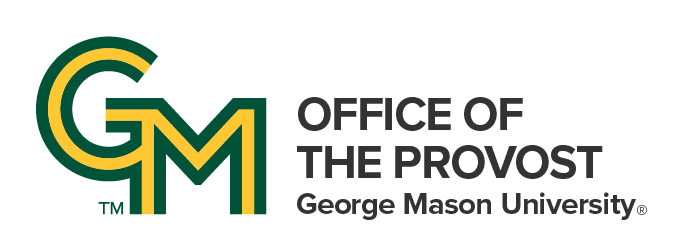If you are interested in pursuing a career in academia, explore a wide range of academic job opportunities!
While a tenure-track position might be your first choice, it’s not your only one. You might find fulfillment in a university research or administrative position, or a post in an academic-adjacent institution. Don’t limit your choices. The key is to find a career that is meaningful and fulfilling to you!
To make the most of your graduate education and to prepare for your future career, you may wish to create an Individual Development Plan. Graduate students and postdoctoral scholars use IDPs to schedule professional development experiences throughout their graduate education.
Finding Positions in Academia
Start your search for academic positions, including post-doctoral fellowships, before your dissertation is completed. Many application deadlines for academic positions follow the academic calendar. This means that many applications are due almost a full year before the position starts. Sign up for alerts from professional organizations and publications within your discipline. Below are a few academic job boards that may be relevant:
-
The Chronicle of Higher Education jobs board
-
HigherEdJobs listing
-
H-Net: Humanities and Social Sciences Online Job Guide
-
American Historical Association Careers board
-
ScienceCareers from the journal Science
If there are specific universities in which you are interested, seek out their specific job boards. Research any society of fellow opportunities, such as the following. Note that these positions are extremely competitive:
Preparing Academic Job Application Materials
Step 1: Identify and Track your Applications
Create a document or spreadsheet to track your applications, the materials that they require, and their deadlines. An Individual Development Plan is one great way to monitor your overall application timeline.
Some universities use the Interfolio to organize their application materials. Be aware that some elements of Interfolio require a subscription fee and plan ahead for those expenses.
Step 2: Draft and Request your Materials
Give yourself time to draft and collect all of the materials for your application. You will create personalized letters of interest and resumes for the type of position and institution you're applying for. These are the most commonly required application materials:
-
A formal CV
-
Cover Letter or Letter of Interest
-
Teaching Philosophy
-
Research Statement
-
Transcripts
-
Reference Letters
Ensure that you give your selected recommenders time to complete their reference letters. Inform them of where to find the specific instructions for submitting their reference and give them a deadline by which you need your reference letter.
The Stearns Center for Teaching and Learning provides guidance on writing academic job materials:
There are many external resources available for drafting your materials:
-
National Institutes of Health (NIH) Guide for Resumes & Curricula Vitae (CVs)
-
MIT’s Career Advising & Professional Development Career Document library hosts a variety of different career documents from MIT PhD students and alumni who have successfully secured positions in a variety of different fields.
-
The University of Chicago provides guidance on CV Best Practices, Cover Letter development, and Teaching Statements
Your materials must be specifically tailored to the needs of each individual application in order to be competitive.
Step 3: Incorporate Feedback
Ask fellow graduate students, your advisor, other faculty in the department (ideally, those recently on the job market), and others in your mentor network to review your job application materials. Judiciously incorporate their feedback and triple check for grammar and spelling mistakes.
Step 4: Submit your Materials
Be sure to follow the instructions on the application for submitting your materials to ensure that you submitted all of the required pieces and that you are well within the deadline.
If your materials secure you an interview, congratulations! The Stearns Center for Teaching and Learning provides guidance on interviewing for academic jobs:
